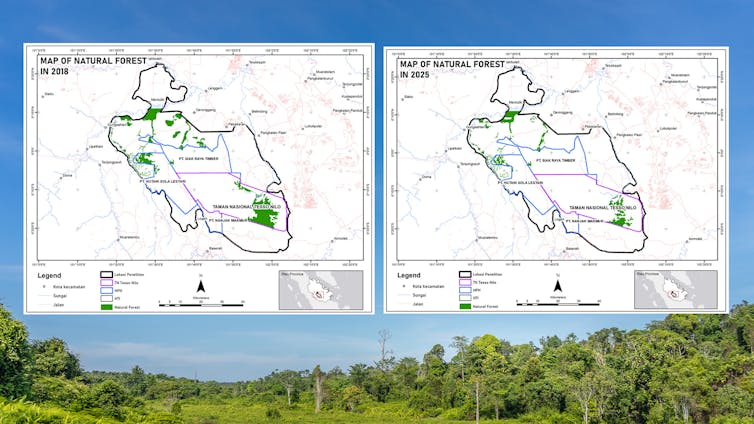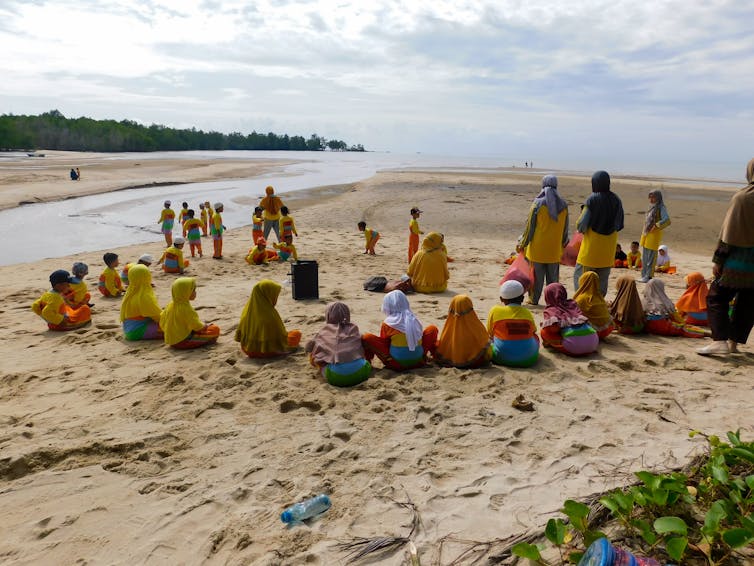Microsoft study: Close to one third of Asia Pacific's remote and firstline workers are facing increased burnout at work
- Written by Microsoft Asia Pacific
Lack of work-life balance and contracting COVID-19 cited as top stressors, as outlined by Microsoft study which focuses on employee wellbeing
SINGAPORE - Media OutReach[1] - 29 September 2020 - Workers in Asia Pacific are facing increased burnout due to lack of separation between work and personal life as well as worry of contracting COVID-19, according to Microsoft's latest Work Trend Index [2]report. On average, close to one third of workers in Asia Pacific cited increased rates of burnout over the past six months, with the lack of separation between work duties and personal obligations as negatively impacting their wellbeing.

Surveying over 6,000 information and first-line workers across eight countries globally including Australia, Japan, India and Singapore, the study found that Singapore and India were the top two countries in the region with workers facing increased burnout, at 37 percent and 29 percent respectively. In addition, close to 34 percent of Asia Pacific respondents cited worry about contracting COVID-19, due to the lack of tech or protective equipment provided by businesses to effectively socially distance, resulting in increased stress levels.
"In the last 6 months, we have seen how COVID-19 has contributed to the evolution of the workplace -- from a physical space to one residing in a virtual world. As businesses adapt to a new way of working, it is important to examine the multifaceted impact these changes are having on employees and provide relevant and timely solutions," said Rosalind Quek, General Manager, Modern Workplace, Microsoft Asia.
Inspired by this research and conversations with customers, Microsoft announced the start of a longer journey to evolve its productivity tools to promote individual wellbeing and organizational resilience[3]. A series of updates have been launched within Microsoft Teams to support employee wellbeing. These include a virtual commute experience that helps users prepare for the day and mindfully disconnect in the evening and new insights that supports managers and leaders in understanding how work happens, and its impact on employee wellbeing. Microsoft has also partnered with Headspace to bring a curated set of mindfulness and meditation experiences into the Teams platform and launched new Teams experiences for Firstline Workers[4] to support them with the tools they need to work more safely.
Key Findings from the research include:
- The pandemic increased burnout at work -- in some countries more than others.
- Causes of workplace stress differ for Firstline and remote workers.
- Six months in, there are more communications and fewer boundaries.
- No commute may be hurting, not helping, remote worker productivity.
- Studies show meditation can fight burnout and stress during the workday.
1. The pandemic increased burnout at work -- in some countries more than others
In Asia Pacific, 29 percent of respondents cited that the pandemic has increased their sense of burnout at work. However, Microsoft's research showed that everyone is experiencing this differently. For instance, Microsoft found that 37 percent of workers in Singapore are experiencing higher rates of burnout than those in Australia, India and Japan. While burnout can be attributed to many factors, the chart below explores how longer workdays impact feelings of burnout. For example, workers in Australia[1] saw the highest increase in workday span in Microsoft Teams at 45 percent, with a medium increase in burnout while workers in Germany saw very little change to workday span or feelings of burnout.
2. Causes of workplace stress differ for firstline and remote workers
The report also revealed that the top stressor shared globally was worry about contracting COVID-19, followed by lack of separation between work and life, feeling disconnected from co-workers, and unmanageable workload or hours. In Asia, the study found that over 34 percent of workers have not been provided the tech or protective equipment they need to effectively socially distance by their company, resulting to increased stress levels. This was higher than the global average by 4 percentage points. In addition, among the stressors reported by remote workers, the lack of separation between work and life and feeling disconnected from coworkers ranked highest.
Countries across Asia also had cited differing factors contributing to work stress. In Australia and Singapore, the lack of separation between work and life was the top stressor with 24 percent and 31 percent respectively, with the feeling of isolation coming closely behind at 22 and 28 percent. However, in countries such as India and Japan, 42 percent and 26 percent respectively cited the inability to socially distance and the worry about contracting COVID-19 while on the job as a top stressor.
3. Six months in there are more communications and fewer boundaries
Having identified lack of separation between work and life, along with unmanageable work hours, as top workplace stressors, Microsoft turned to usage patterns in Teams for more insight.
Data showed that globally, even six months past the first work-from-home orders, people are in significantly more meetings, taking more ad hoc calls and managing more incoming chats than they did before the pandemic. As people adjusted to remote working, after hours chats, or chats between 5pm and midnight, have also increased.
4. No commute may be hurting, not helping, productivity for remote workers in Asia
For years, Microsoft's research group has been studying how commute has helped maintain work-life boundaries--and worker's productivity and wellbeing. A 2017 study helps us understand the productivity benefits of commute time. As part of the study, a digital assistant used chat conversations featuring task- and emotion-based questions to help participants prepare and detach from work through the day. The study found that 6 in 10 people (61 percent) globally felt they were more productive when the digital assistant helped them ramp up to and down from work. On average, productivity increased between 12 and 15 percent.
The new virtual commute experience in Teams will help workers have a productive start in the morning and mindfully disconnect in the evening. Users can expect to customize their experiences from a set of suggested tasks such as meditation with the Headspace app, reflecting on the day or helping workers close out on outstanding tasks.
5. Studies show meditation can fight burnout and stress during the workday
Of those surveyed in Asia, 73 percent said meditation could help decrease their work-related stress. External research backs this up -- consistent meditation with Headspace can decrease stress[7] and burnout[8] and improve[9] your ability to react to negative feedback.
Thus, Microsoft's partnership with Headspace will offer workers the ability to schedule ad hoc or recurring time for mindfulness breaks anytime -- before a big meeting or to find focus needed to start on an important project.
As Microsoft continues to learn more about wellbeing at work, users can expect to see related innovation continue to be developed across Microsoft 365 and Teams. For more information on the product updates mentioned in this report visit the Microsoft 365 blog[10]. You can also read the full research here[11][2].
[1] Workday span is the time between a person's first and last active use of Microsoft Teams, such as sending a chat, editing a document or attending a meeting.
[2]Privacy approach: Microsoft takes privacy seriously. We remove all personal data and organization- identifying data, such as company name, from the data before using it to produce reports. We never use customer content such as information within an email, chat, document, or meeting to produce reports. Our goal is to discover and share broad workplace trends from aggregated data from the Microsoft Graph.
References
- ^ Media OutReach (www.media-outreach.com)
- ^ Work Trend Index (www.microsoft.com)
- ^ promote individual wellbeing and organizational resilience (www.microsoft.com)
- ^ experiences for Firstline Workers (techcommunity.microsoft.com)
- ^ Link to image (www.microsoft.com)
- ^ Link to image (www.microsoft.com)
- ^ stress (link.springer.com)
- ^ burnout (pubmed.ncbi.nlm.nih.gov)
- ^ improve (mijn.bsl.nl)
- ^ Microsoft 365 blog (www.microsoft.com)
- ^ here (www.microsoft.com)
Authors: Microsoft Asia Pacific
Read more http://www.media-outreach.com/release.php/View/48826#Contact





